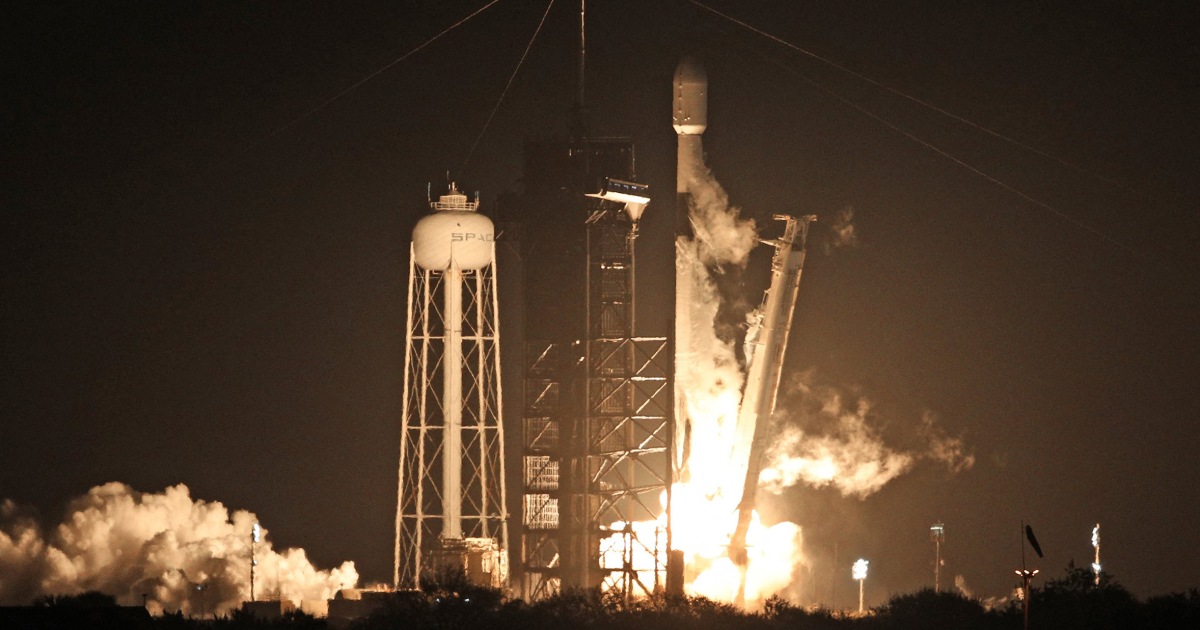Kamikaze: A telescope recorded the collision of a NASA spacecraft with an asteroid
The DART probe, which was designed to test the possibility of deviating asteroids from their orbit by hitting them in order to save the Earth, managed to crash into its target.
Now, the first footage taken from Earth shows the moment of collision
Lilian Winon Ben Shoshan dialect
09/27/2022
Tuesday, September 27, 2022, 6:23 p.m. Updated: 8:03 p.m.
Share on Facebook
Share on WhatsApp
Share on Twitter
Share by email
Share in general
Comments
Comments
The moment of the asteroid impact as recorded by the Atlas Telescope (ATLAS Project)
NASA's DART spacecraft crashed successfully around 2:00 a.m. Israel time (Tuesday) into Dimorphos, a moon of a pair of distant asteroids, and the spacecraft was completely destroyed in the process. Why is this crash a success? Because the purpose of DART was to test the possibility of deflecting through an asteroid collision from their orbits - ones that could hit the Earth, and DART was a living demonstration of purpose, which succeeded.
DART was indeed destroyed, but its end is only the beginning of the scientific process. Just before its suicide into the asteroid some ten million kilometers away from us, DART released a small, cubic satellite that had been developed by an Italian team, and recorded the crash.The satellite, known as LICIACube, also analyzed the spray created by the crash, but the Italian satellite will not be able to stay in orbit around the shocked asteroid pair, and will continue on its way through space.
On the other hand, the European "Hera" mission, which will be launched in 2024, and will also reach Dimorphos and the larger asteroid it orbits, Didymus two years later, in 2026, will examine the effects of the DART crash.
A series of telescopes from Earth also recorded the crash, including the Atlas telescope, and there will be much more data to analyze from this intriguing experiment by the American Space Agency (in collaboration with the European Space Agency and other entities), with the noble goal of protecting the Earth from asteroid impacts.
The asteroid dimorphos as recorded by the spacecraft (Photo: Reuters)
"An asteroid impact is an extremely rare event, maybe once in a century there's an asteroid that we're really concerned about," said Lindley Johnson, a planetary defense officer at NASA, adding: "And while there's no known asteroid currently on a collision course with Earth, we know there are A large amount of asteroids in space somewhere far from here." The
tiny spacecraft (some have classified it as a probe) transmitted images to the control center until the moment of the collision, which occurred at a distance of approximately 11 million kilometers from the Earth - a distance considered relatively close - and at a speed of 24,140 kilometers per hour.
In the coming days, NASA promises, photographs and videos of the moment of impact will be published.
More in Walla!
Stand-up, concert and Pablo Rosenberg: don't miss the equal FRIENDS shows
In collaboration with FRIENDS
technology
Tags
NASA
asteroid













